SESSION 01: MOBILITIES PRIVACY AND ACCOUNTABILITY
The Body as Border: Facial Recognition and Granular Surveillance
Prof Mark Andrejevic (Monash University) & Dr Christopher O’Neill (Deakin University)
Facial recognition technology allows for expanded practices of “em-bordering” — that is, the creation of increasingly fine-grained and ubiquitous checkpoints. Examples of this process abounded during the COVID-19 pandemic, when airports, building complexes and mass transit created new biometric checkpoints in a range of jurisdictions. Recent technological developments indicate the predictable result will be increasingly individualized forms of sorting, targeting, and control. We consider three dimensions of the automated elimination of anonymity: the prospect of fully customized information environments, the elimination of relative degrees of “slack” in systems of management and control, and the proliferation of pattern-of-life analysis that has become a staple of online surveillance. These developments all rely on the promise of facial recognition technology as, fundamentally an informational one. In this respect, facial recognition becomes a continuation and extension of the data-driven online economy and therefore the goal of large tech companies to collect and organize the world’s information in the name of efficiency, convenience, control, and profit. Facial recognition, viewed in this context, becomes a form of object tagging and tracking: metadata that enables people to trail clouds of information as they go through the activities of their daily lives.
Adversarial Image Detection in Vision Language Pre-training Models
Afsaneh Hasanebrahimi. Supervisors: Prof Christopher Leckie (University of Melbourne) & Prof Sarah Erfani (University of Melbourne)
Vision language pre-training models (VLPs) are a type of generative AI model that combines computer vision and natural language processing capabilities. These models are designed to understand text about images, bridging the gap between visual information and natural language descriptions. VLPs can perform a variety of tasks, including image captioning (generating descriptions for images), visual question answering (answering questions about images), and image-text matching (finding similarity between images and text descriptions). They are typically trained on large datasets that contain paired images and text annotations, allowing the model to learn to associate visual features with linguistic expressions. As the use of these models expands, their robustness to adversarial images becomes increasingly important. Adversarial images are specifically crafted to deceive machine learning models into making incorrect judgments about their content. Therefore, detecting such images is crucial to prevent the model from malfunctioning, particularly in real-world applications. However, current adversarial detection methods have focused on a single modality, such as vision or language, without fully utilizing the valuable information available in multi-modal representations. Motivated by the numerous advancements in vision-language pre-training models, we want to propose an approach for adversarial image detection by incorporating multi-modal representations. We aim to introduce a simple yet effective method for identifying adversarial images in an unsupervised manner in VLPs.
Evaluating Visual and Auditory Safety Alerts for E-Scooters: A Naturalistic Study
Hiruni Kegalle (RMIT University), Dr Danula Hettiachchi (RMIT University), Assoc Prof Jeffrey Chan (RMIT University), Prof Flora Salim (UNSW) , & Prof Mark Sanderson (RMIT University)
E-scooters are becoming a popular means of urban transportation, utilizing infrastructure originally designed for traditional transport modes. This integration brings challenges, such as road accidents and conflicts when sharing space with other road users. Technological safety interventions such as alarms are proposed to mitigate these issues. In this paper, through a naturalistic study, we investigate the effectiveness of such safety interventions and how riders perceive them. Study participants equipped with a bike computer, eye-tracking glasses, and camera will traverse a predetermined route, enabling the collection of multimodal data. We analyse and compare gaze movements, continuous speed, video feeds, and self-report responses across three different across three conditions: audio-based safety intervention, vision-based safety intervention, and a control condition. Our findings will inform the development and implementation of these alerts, aiming to improve road safety while ensuring that the rider experience remains uninterrupted.
Automation and Fintech in Southeast Asia
Prof Heather A. Horst (Western Sydney University), Dr Erin B. Taylor (Western Sydney University/Finthropology) & Dr Isaac Lyne (Western Sydney University)
The technologization of financial services (fintech), from mobile money to automated processes such as digital credit scoring, has transformed the ways that people use, manage and store money. It has also changed the movement of money in digital and material ways, including the routes it moves through, the speed at which it circulates, and the ways in which people interface with it. But while fintech solutions have come to mediate many financial transactions, they are far from universal and are shaped by orientations to cash, infrastructural failure and the broader dynamics of financial systems. In this paper we draw upon concepts of mobility to explore the ways in which technology, objects and people move money in relation to different forms of automation. Building on the insights of the Decentering Automated Decision-Making Project, we focus upon two Southeast Asian countries, Cambodia and Laos, that reflect very different fintech ecosystems that play out in surprising ways. Cambodia is, on paper, the more advanced country with respect to fintech infrastructure, with the government having launched the quasi-CBDC Bakong in 2020. And yet, most Cambodians continue to rely on Wing, an Over-The-Counter (OTC) service. By contrast, Laos is experiencing a strong uptake of internet banking use and associated fintech practices. Throughout the paper we reflect upon how the particular histories, regulatory environments and contextual circumstances are transforming the mediation and movement of money.
